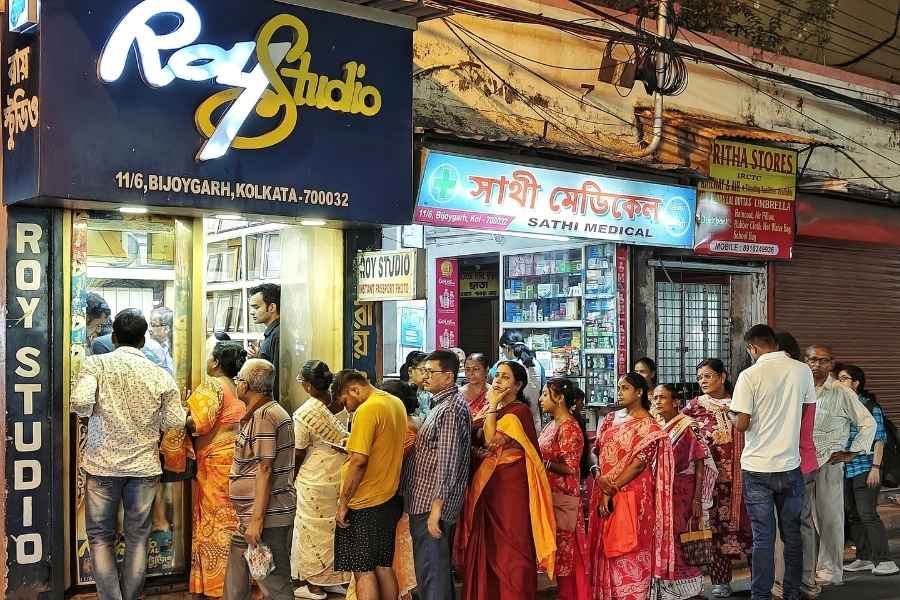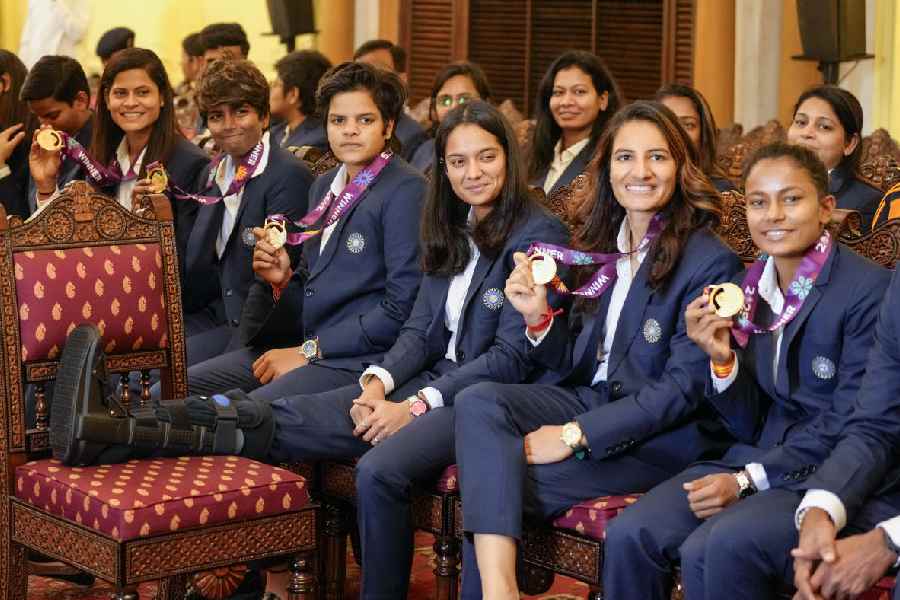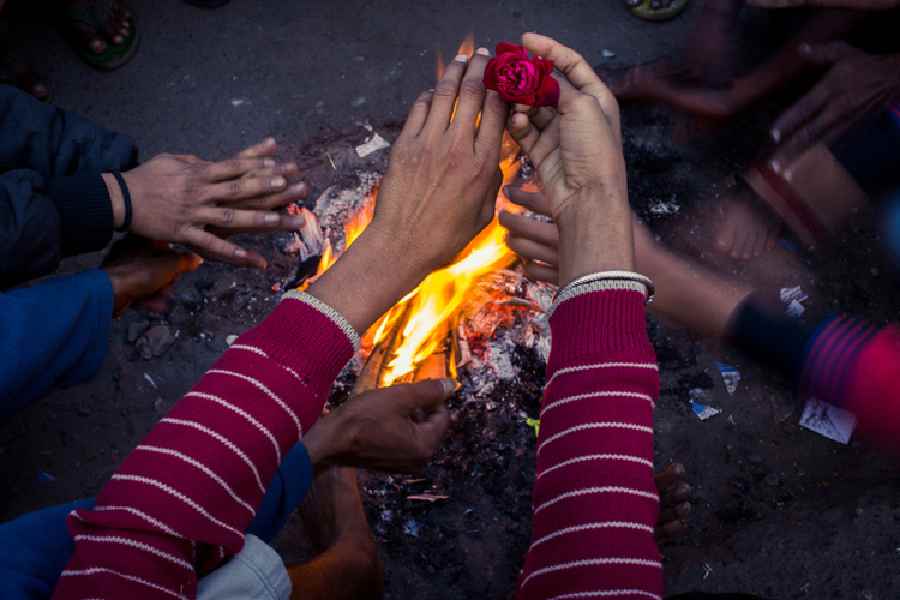The summer New York turned blue and orange, the city’s political landscape shifted. The “Zohran for New York City” signs, vivid blue with bold orange lettering, flooded storefronts, subway poles and street corners from Queens to the Bronx.
For many, the look, bright, brash, unapologetically different, felt like an echo of old Bollywood posters, a nod to Zohran Mamdani’s Indian roots. But to the man who designed them, it was something else entirely.
“The colours came from New York itself,” said Aneesh Bhoopathy, the Philadelphia-based designer behind the campaign. “Succinctly, it’s New York.”
Bhoopathy drew inspiration from the city’s heartbeat, its yellow cabs, corner bodegas, hot dog vendors, halal carts, places that never try to blend in.
The vintage comic-book font, complete with drop shadow and hand-painted charm, felt at once familiar and fresh.
Even Mamdani’s main rival, former governor Andrew Cuomo, couldn’t resist the pull. Midway through the race, after losing the Democratic primary, Cuomo rebranded his independent campaign with blue and orange, Mamdani’s colours.
When the votes were counted, Mamdani, the son of scholar Mahmood Mamdani and filmmaker Mira Nair, became New York’s first Muslim and South Asian mayor.
“The designs evoke the working-class fabric of New York City: the bodegas, taxi cabs, and halal carts that not only sustain the city but also reflect its cultural richness,” said David Schwittek, a digital media professor at Lehman College.
To many, the campaign’s retro aesthetic felt like a bridge to a time when politics inspired hope rather than exhaustion. “It has the feel of something from a prior era, an earlier time when politics was less divisive and the Democrats were perhaps more organised, more successful,” said Duke University professor Gavan Fitzsimons.
Others saw in Mamdani’s visuals the same spirit that powered Alexandria Ocasio-Cortez’s breakout 2018 campaign, a design language that wore its roots on its sleeve.
“The Democrats' posters during her stunning victory drew on her heritage and working-class New York,” said Richard Flanagan, political science professor at the College of Staten Island.
If AOC’s yellow-and-purple posters became an emblem of insurgent progressivism, Mamdani’s blue-and-orange ones became a mirror of the city itself, messy, loud, alive.
Court Stroud, a marketing professor at NYU, said Mamdani’s campaign turned design into identity.
“The playfulness of his campaign design created a brand that supporters wanted to wear and share,” he said. “Mamdani's team showed how using visual design as a secret handshake can make politics feel real and community-driven.”
The ripple effects were immediate. From “Hot Girls for Zohran” T-shirts worn by model Emily Ratajkowski to viral memes, the campaign transformed political merchandise into streetwear.
Still, few expect the old guard to ditch their patriotic red, white and blue anytime soon. “It's still rare for candidates to move away from the tried and true,” said Lisa Burns of Quinnipiac University. “I don't see that changing any time soon.”
But Mamdani’s campaign proved that safe doesn’t win hearts, authenticity does. “In a sea of sanitised political messaging, Mamdani's visuals stand out because they mean something,” said Schwittek. “That’s the lesson.”
And for Bhoopathy, the message behind the colours was inseparable from the man himself. “None of the boldness and vibrancy here works without a candidate that is as energetic and full of life as the city that raised him,” he said.












